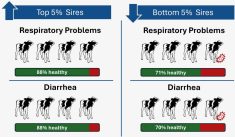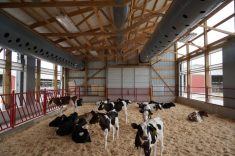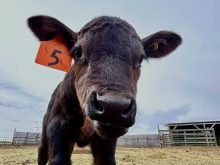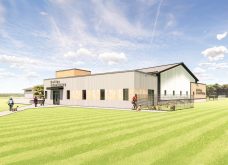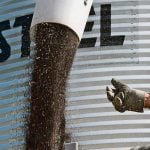Housing for young unweaned calves has evolved greatly. Today, there are different styles, with variations. Each has its advantages and disadvantages. This article is the first in a series of two. Read the next article here.
In a video podcast, the Dairyland Initiative at the University of Wisconsin-Madison presented the different types of housing for young calves before weaning.
Individual hutch housing
Presenters Courtney Halbach, extension specialist, and Nigel Cook, a specialist in the impact of the environment on dairy cattle welfare, explain that hutches have been the gold standard for many years.
Hutches were introduced in the 1960s and worked very well, according to the presenters. They were found in every state in the United States where milk was produced. Canada was no exception.
Producers say they had the best calves in hutches and they have shown resistance to trying something else. Hutches provide good disease control, including helping reduce diarrhea and pneumonia.
Hutches also offers flexibility by allowing calves to be moved or capacity increased. It also allows calves to be moved after weaning and to make batches of calves, in addition to being inexpensive. Producers also appreciate that there is no suckling between calves, especially the ears and navel.
However, this system has significant flaws. Calves are raised isolated from the group, the only time in their lives when they are not in a group, according to specialists. They also have a delay in cognitive development and have difficulty adapting to new things.
Another constraint is having to feed the calves at specific times. They do not have ad libitum feeding, which is a natural method for the calf.
A very negative aspect is living in extreme temperatures: high heat in the summer and freezing in the winter. However, Courtney Halbach and Nigel Cook mentioned improvements that can help deal with these drawbacks. In the summer, it is possible to place a brick under the back of the hutch to create a draft inside the hutch. Without a draft, the heat inside the hutch can become suffocating for the calf.
Some new hutches have windows or even small openings that allow air circulation in the summer. And to prevent the calves from being exposed to the strong sun outside the hutch, it is possible to install shades in the calves’ outdoor living area. For the winter, experts explain that it is possible to install the hutches in shelters that protect the calves from the wind.

Individual indoor pens
To counteract the disadvantages of housing in hutches, producers have chosen to keep the calves inside in individual pens. This can be in hutches or in permanent pens, with natural or artificial ventilation.
There have been evolutions in the management of indoor pens, including the housing of two calves per pen past a certain age for better socialization and the use of positive pressure ventilation systems.
Check out this article for more on group calf housing.




